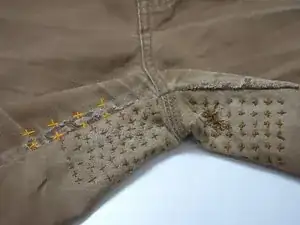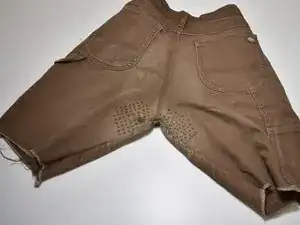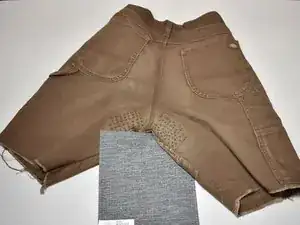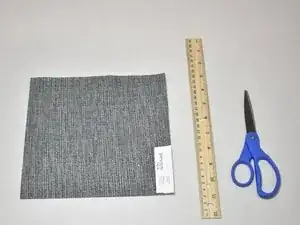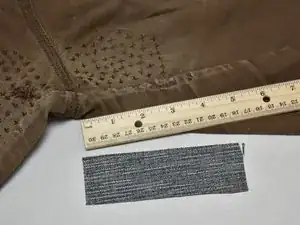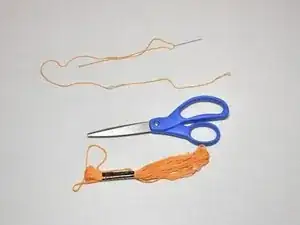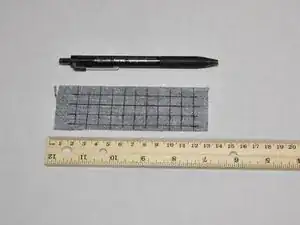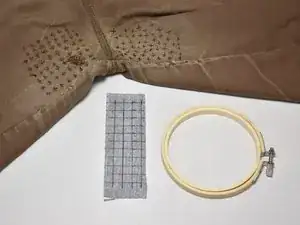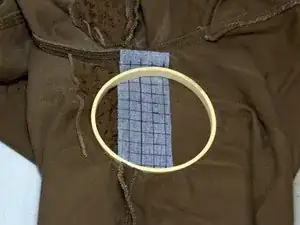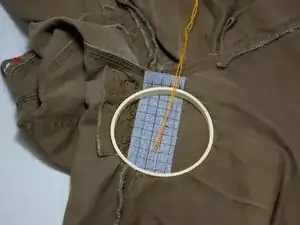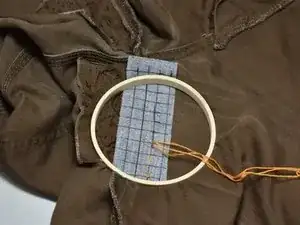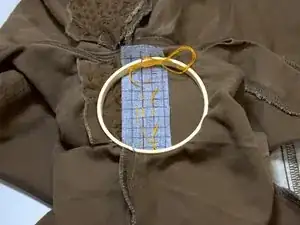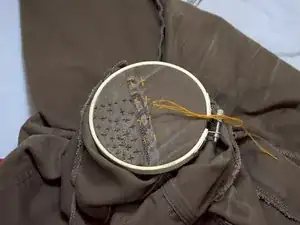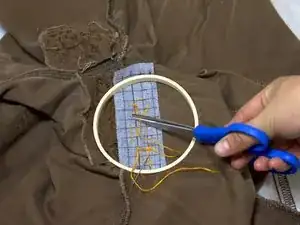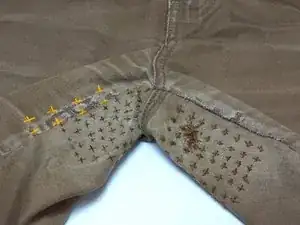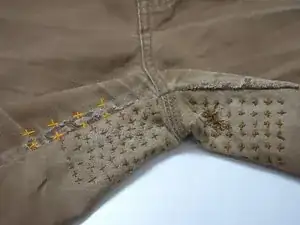Introduction
Sashiko Stitching is a Japanese embroidery technique, which is commonly used to make different types of geometric patterns and to reinforce clothing. It once originated a long time ago in rural areas of Japan, for mending and repurposing clothes instead of throwing them away. Today, people still use Sashiko Stitching to repair damaged clothing.
It can also be used for decorative purposes, with various different combinations of colours and patterns. Today, we are using an X or cross styled pattern.
Tools
-
-
Find some floss or thread of the color of your choice, cut it, and thread it through your needle.
-
-
-
Mark lines of equal distance between each line using a ruler and a pen. For this, we will use a 1 cm distance.
-
Mark them horizontally and vertically in a crisscross pattern.
-
-
-
Choose your starting point with the needle at one end of the cloth.
-
Tie off your needle and thread.
-
-
-
Run your needle through the lines, following an up-and-down motion with your pattern through the cloth vertically.
-
